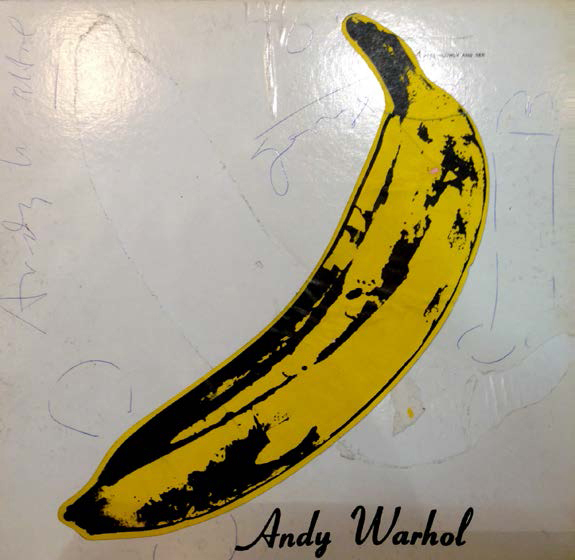
Trying to tackle in a little essay anything about Andy Warhol is (for me) a supremely monumental exercise in incompletion and frustration. The guy’s actions and ideas and impact are so, so profound in the history of late 20th-century art that they dwarf all other contenders. The guy was magic. He couldn’t even piss on a sheet of copper without it being hung in all the major museums (and then carefully documented and analyzed in endless reams of criticism and analysis). It’s a crazy world.

Without Andy Warhol’s studio and what he created and exploited, I wouldn’t be doing what I do today. It is that direct of a connection to my thinking. I like to think I understand his work a slightly different way than the fine art world does. That’s because Andy was reared, and operated the first decade of his professional life, as a commercial artist—and illustrator/designer (in that order), just like me. His transition to “fine artist” was very self-conscious and carefully art-directed, just like any design project. He literally created his own turf and then exploited it unmercifully. He brought the ancient system of “the studio” back into the 20th century in full flower. His work is literally art direction and graphic design dialog masquerading as fine art product. I see Warhol as a prankster—a sneaky subversive trickster in the elite costume of the fine artist. And he really broke that “fine art culture” world into fragments.
If you read much about Warhol, you’ll quickly find almost everything published about him has been written by mavens of the fine art culture. The entire perspective on his output and very existence is seen through the kaleidoscopic tint of fine art glasses. Reading the stilted syntax and verbiage of the art writers (how many words can you use to say absolutely nothing?) trying to understand basic graphic design solutions and methods is always a fine big laff for me. I’m deeply entertained by what has been written about Warhol. He’s understood by the art world so completely backwards and wrongheaded that it’s like Warhol’s greatest prank—a giant practical joke. Seen from my perspective as a graphic designer, I read that stuff and guffaw.
Even errors and faulty or completely ignorant use of medium are treated as a conscious exercise in artistic decision-making by these art world authorities. A great example of this stilted interpretation by the fine art culture is that when Andy used his big silkscreens, he started out with absolutely no knowledge about the process. He made really “crummy” prints (according to the standards of silkscreen artists and craftsmen of the time). The images would fill and break up and fall apart and streak and go dry. Art critics and historians have spent entire doctoral theses on this “broken image” stuff as if it were some sort of profound comment on the decay of modern culture, etc. In truth, Warhol let it go out like that because he was incompetent and cheap. Later, when he hired people like Gerard Malanga to do the actual printing for him, he still maintained the crappy printing because it was easy and by that point it had become his “brand” (and it was cheaper to not do it over). He often came back to his cheezy off-register prints and bad “passes” and took a marking pen and put little squiggles in the nooks and crannies of the images, etc. When asked why he did that, he replied (on camera with typical sincerity), “Because it makes it look arty.” Nothing could be more revealing of his intent. I don’t think he was lying or joking, either. He was a great designer/art director. Andy was like some sort of fey “Big Daddy” Roth of fine art culture.
Andy Warhol’s brilliance was in his astute observation of his cultural milieu and his clever dabbling in the socio-psychological norms of that world to create butterfly-effect “ripples” in them (and eventually tidal waves). There was always something a little nasty about Warhol’s ideas. That’s why his nickname around the studio was “Drella”—short for “Dracula” and “Cinderella.” In a very strong and primal way, Warhol reflected exactly the world in which he lived. We all live in an age of Drella.
